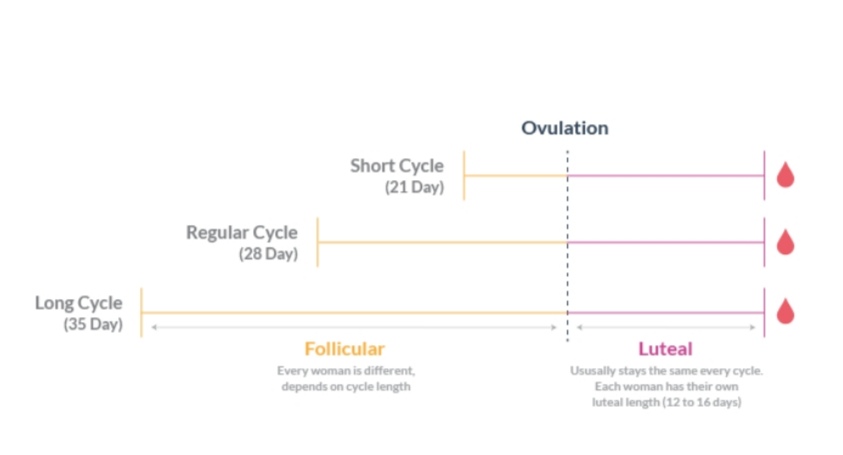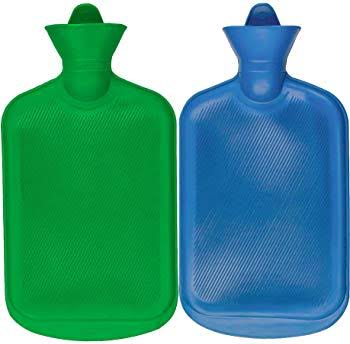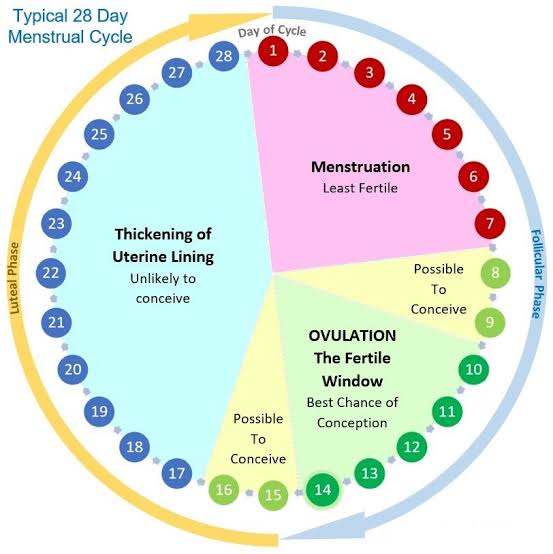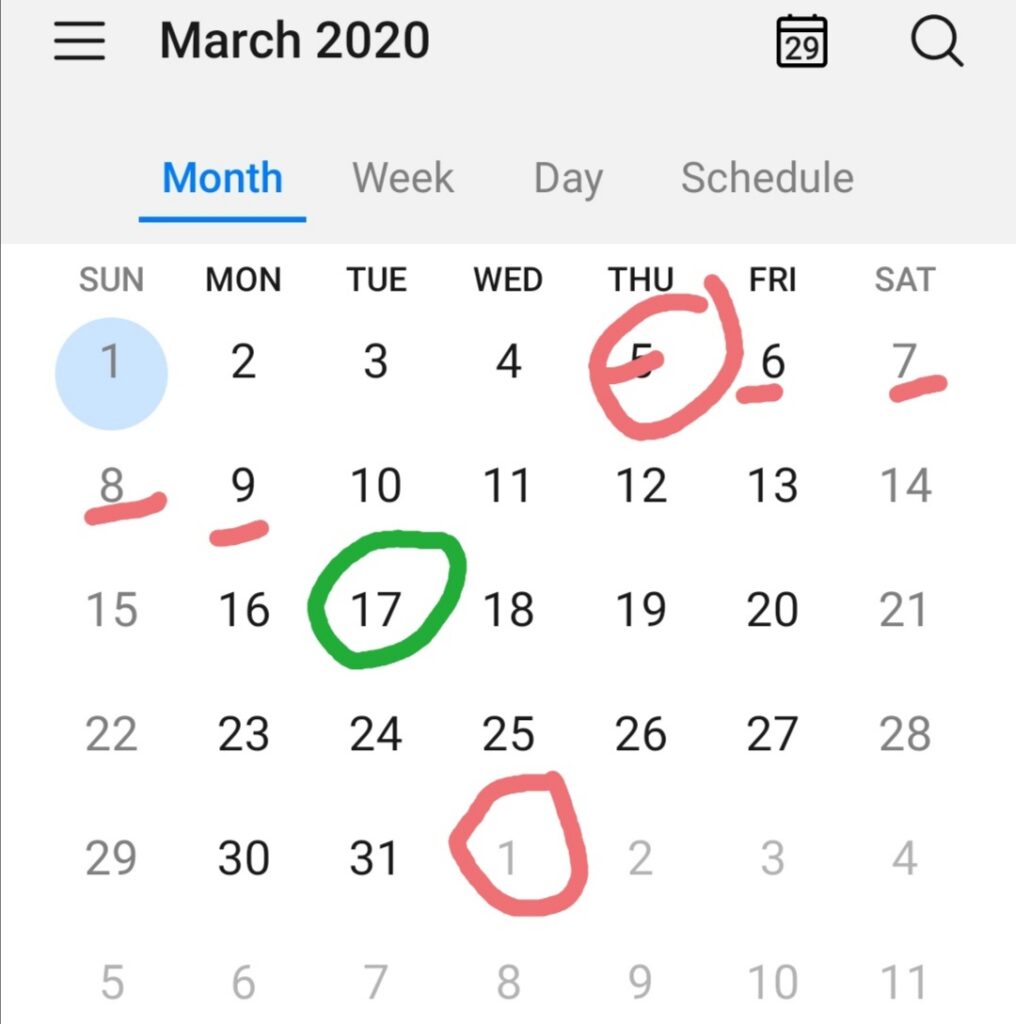Health Talk
Content:
The menstrual cycle, how to calculate your cycle & tell if it’s regular or not
Ovulation
Menstrual cramps
Red flags (alert signs) during the menstrual period
Practices you should adopt during your period
It will be nice if we can all get a calendar and a pen.. It will help you to understand better
The Menstrual Cycle
First of all, it’s important to understand that a woman’s menstrual cycle is not the same as her period. The actual time that a woman bleeds is known as menstruation. Menstrual cycle is the entire time from one period starting to the next. i.e. Your menstrual cycle begins on the first day of your period and ends on the day before your next period.
Note: It is the shedding of the lining of the uterus (womb) that we see as menstruation. If pregnancy had occurred after ovulation, this lining would have supported the developing embryo. But in the absence of fertilization, it sheds as menstruation
In this example, This person starts a cycle on the 5th of March and another cycle on the 1st of April.. The length of this cycle is 27 days
This person menstruates for 5 days (the ones with red dots)
The day you start another cycle (i.e menses) marks the 1st day of your cycle.
The menstrual cycle is a cycle of changes that your body goes through as it prepares to conceive each cycle. It is regulated by different hormones (The way the hormones work is quite complex to explain, so let’s not bother about this).
Although it’s widely circulated that a woman’s menstrual cycle lasts 28 days, that’s only an average number. It can vary in length from 21days ( in a short cycle) to 35 days( in a long cycle) .
Your monthly cycle is almost as unique as your fingerprint. It differs from one woman to another.
Some women bleed heavily, while others have a few days of light flow. Periods can last between 3 and 7 days. Situations like weight fluctuation, emotions, and medications can all affect when a woman’s period occurs, too.
You can calculate the length of your cycle by noting the 1st day of your menses for at least 3 months.
(Note: For some people, the length of their cycle is constant e.g. it will come every 29 days or every 26 days…. While for others it’s a range e.g. between 25 & 29 days.. that is, the length between March & April can be 25 days, while the length between April & May is 28 days etc.. So they will usually tell you theirs is a range)
Also, if your period comes every month, then you have a REGULAR period. It is IRREGULAR if it comes more than twice a month or it doesn’t come monthly).
(Note: Your period can come twice in a month e.g. If the 1st day of your menses in June is June 2 and your cycle length is 27days,then you should be expecting your menses again on June 29)..
Normal menstrual cycle symptoms
Over the course of a normal menstrual cycle, there are many physical changes that you may notice in your body. These can vary woman to woman and even cycle to cycle, but may include
(1) Cramping: Some women experience a slight cramping around the time of ovulation, typically on one side. This is known as mittelschmerz, or middle pain and signals that ovulation is occurring. If you experience cramping, it can be a very helpful indictor when trying to conceive. Do not be alarmed if you have not experienced any form of cramping as not all women will.
(2) Breast tenderness: Some of the hormones involved in your menstrual cycle may cause your breasts to become tender. This is fairly common. Some women will need to wear a bra to prevent their breasts from aching, while others only notice a slight increase in sensitivity.
(3) Mood swings: As the hormones shift during your cycle, you may also notice that your mood swings too. Some women find that they are very sensitive or emotional in the week before their period is due. This is typically called premenstrual syndrome or PMS. Some women will experience this more than others, while some women will not notice it at all.
(4) Back pain: Before your period starts, you may notice that your back hurts a bit. This can be a sign that your period is about to start. Other women notice a heavy feeling in their pelvis, or a combination of the two.
(5) Skin changes: You may also notice that at certain points of your cycle, your skin breaks out with acne. This is not a return to your teen years, but it is caused by your hormones. Typically this is short lived
Ovulation
Simply put, ovulation is the release of an egg from an ovary. This is your most fertile period in your cycle. The egg only lives for up to 24 hours unless fertilized by a sperm. If it is not fertilized within 24hrs, the egg will die.

When do you ovulate?
The short answer to this is most women ovulate 15 days before their next period.
If you count 15 days backward from the beginning of the 2nd period, you will see that the ovulation for this person will most likely fall in March 17
So, you must know your cycle length for you to get your calculations right!
You predict your ovulation for a cycle you are in if you know the likely date you will start your next period.
The menstrual cycle is split into 3 phases:
These are Follicular phase, Ovulation, Luteal phase.
The follicular phase begins on the first day of your period and ends the day before ovulation. The luteal phase begins the day after ovulation until the day before your next period.
In this example, Follicular phase is March 5-16…Ovulation(is just one day) March 17…Luteal phase is March 18-31
The length of the phase after ovulation until the day before the next period (luteal phase) is normally between 12 and 16 days, with the average length being 14 days. The luteal phase remains fairly consistent for the same women. In contrast, the phase before ovulation (follicular phase) can vary from cycle to cycle for the same women.
Signs of ovulation
- Watery cervical mucus/discharge… You’ll notice that at the beginning of your cycle(during menstruation) you may not see any discharge, later you see sticky, then creamy discharge.. As you near ovulation, the discharge becomes watery.
- Slight spotting… Some women may experience ‘slight’ spotting (blood stains) due to a drop of estrogen at the time of ovulation. This is known as ovulation bleeding.
- Heightened senses… Hormone levels in a woman’s body can influence a heightened sense of smell, taste or vision around ovulation time.
- Ovulation pain… Some women can experience a sensation and or cramping type pain during ovulation. The pain is felt in the lower abdomen on the right or left side. (Note: this pain is different from menstrual pain/cramps)
(Note: You may experience none, one or more than one of the above symptoms.. Every woman is different)
Knowing when you’re most fertile from your ovulation signs can increase your chances if you’re planning to get pregnant.
Menstrual Cramps
This is simply, painful menstruation. Some women have this on the first day of menstruation, some only for a few days, some throughout the menstruation, while others don’t even have pains. In addition to this, some have Nausea, Vomiting, Stooling e.t.c.
The pain we get during a period is real. Some people have to take time off work or classes and curl up in bed, hoping the pinching cramps will subside because it’s that bad.
This pain affects our ability to concentrate, makes us more anxious, and can make us downright unpleasant.
Over-the-counter pain killers are available e.g. Paracetamol, Felvin etc (Pls don’t torture yourself, use them as soon as you feel pain).. but it is advisable to eat before you take some of these drugs, because it belongs to a class of drug called NSAIDS… You must take something before using them to prevent ulcer
However in some people the pain is so severe that these pain killers don’t work, please see your doctor! There are some drugs(prescription can only be gotten from a
Some home remedies for menstrual cramps you can try include:
Hot water bottles on the lower abdomen (hot water can help stimulate blood flow, this can actually help relieve menstrual cramps and ease muscular tension.)

If you don’t have this bottle, take a warm bath or use a hot towel
Massages… Tummy & back massages help a lot too
Maintaining a healthy diet and keeping up a regular exercise regimen can go a long way towards preventing menstrual pain.
Red Flags (Alert Signs) During the Menstrual Period
- Unusual heavy bleeding (This is usually accompanied by: cold, dizziness, fainting, light headedness, palpitations during your period )
- Passing large clots every day during menstruation
- Your period lasts longer than 7 days
- Your cramps are unbearable despite using over-the-counter medications
- Your body skips cycles (e.g. 3 or more cycles consecutively that is not due to pregnancy, breastfeeding or menopause )
- Your menses causes bad odour
(If you notice any of the above symptoms, please see your doctor!)
Practices You Should Adopt During Your Period
- Shave your pubic areas before your period (don’t let blood get tangled in the pubic hair).
- Have a warm bath at least twice a day
- Change your sanitary pads regularly. Don’t wait till it’s so soaked that you get stained.
- Smell nice and look good. Use a deodorant /perfume.




Leave a Reply